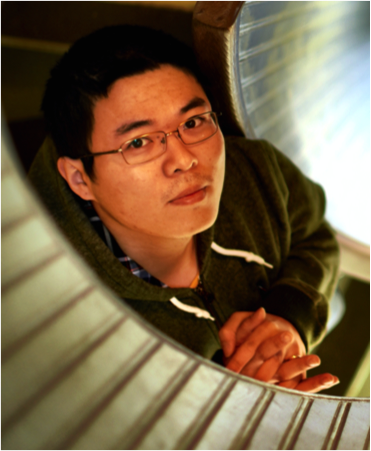Dissertation Defense
Solving Electrically Very Large Transient Electromagnetic Problems Using Plane-Wave Time-Domain Algorithms
Add to Google Calendar

The marching-on-in-time (MOT)-based time domain integral equation solvers provide an appealing avenue for solving transient electromagnetic scattering/radiation problems. These state-of-the-art solvers are high-order accurate, rapidly converging and low-/high-frequency stable. Moreover, their computational efficiencies can be significantly improved by accelerators such as the multilevel plane-wave time-domain (PWTD) algorithm. However, practical transient electromagnetic problems involving millions of spatial unknowns and thousands of time steps were barely solved by PWTD-accelerated MOT solvers. This is due to the lack of (i) an efficient parallelization scheme for PWTD's heterogeneous structure on modern computing platforms, and (ii) a temporal/angular/spatial adaptive PWTD that further improves the computational efficiency. The contributions of this work are as follows:
First, a provably scalable parallelization scheme for the PWTD algorithm is developed. The proposed scheme scales well on thousands of CPU processors upon hierarchically partitioning the workloads in spatial, angular and temporal dimensions. The proposed scheme is adopted to time domain surface/volume integral equations (TDSIE/TDVIE) solvers for analyzing transient scattering from large and complex-shaped conducting/dielectric objects involving ten million/tens of millions of spatial unknowns. In addition, we developed a single/multiple graphics processing units (GPU) implementation of the PWTD algorithm that achieves at least one order of magnitude speedups compared to serial CPU implementations.
Second, a wavelet compression scheme based on local cosine bases (LCBs) that exploits the sparsity in the temporal dimension is developed. All PWTD operations are performed in the wavelet domain with reduced computational complexity. The resultant wavelet-enhanced TDSIE solver is capable of analyzing transient scattering from smooth quasi-planar conducting objects spanning well over one hundred wavelengths.
 MENU
MENU 
